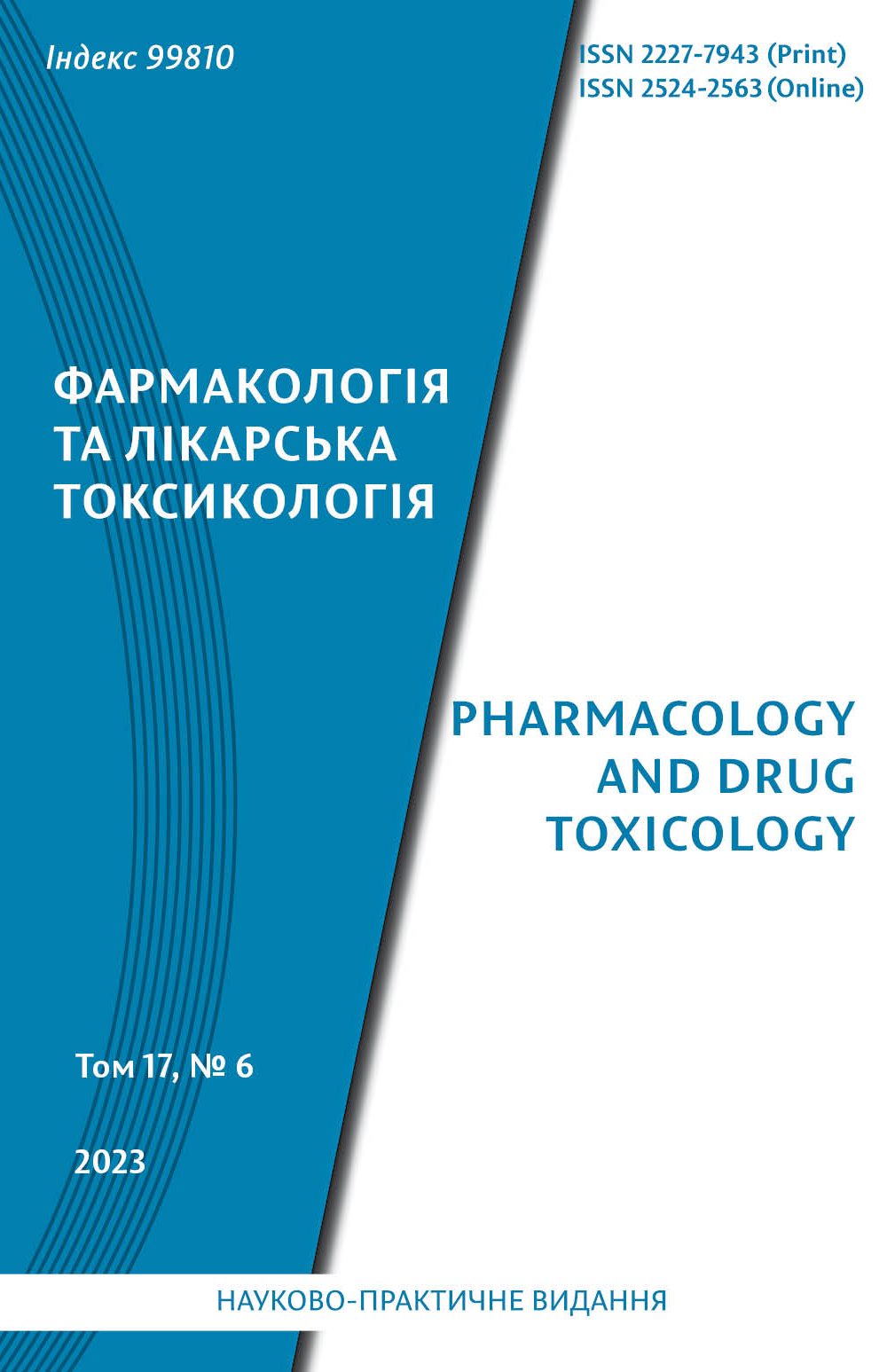Abstract
The purpose of the study was to review in silico methods of studying the molecular mechanisms of the pharmacological action of quercetin as a potential multitarget drug. The data on the most common in silico studies of quercetin intermolecular complexes with various target proteins are provided in the review.
Therapeutic potential of quercetin for its anti-tuberculosis, anti-malarial, anti-inflammatory, anticancer, anti-obesity properties and for Alzheimer's disease treatment was compared with standard drugs by means of Molecular Docking Simulation analysis. An interactions with mycolic acid cyclopropane synthase (PDB id: 1KPI), plasmepsin II (PDB id: 1SME), cyclooxygenase-1 (PDB id: 2OYE), human estrogen receptor alpha (PDB id: 3ERT), fat mass and obesity associated (FTO) protein (PDB id: 3LFM), and with BACE1 (PDB id: 4IVT) were studied. Quercetin possessed higher scores (−9.00, −6.36, −8.53, −7.28, −7.89, −6.68 kcal/mol) as anti-tuberculosis, anti-malarial, anti-inflammatory, antineoplastic (breast – cancer), anti-obesity and anti-Alzheimer's drugs respectively.
The results of molecular docking of quercetin and its derivatives in anticancer proteins (BAX, iNOS, SGK-1, ZnF26, ADM) and anti-Inflammatory proteins (COX-2, MSX2, HOXA10, HOXA5 MAPK14) are presented. Targeted search for potential inhibitors is a new direction in the development of antiinflammatory substances, which are important in the inflammatory processes of normal cells and cancer cells, capable of modulating the response to chemotherapy.
The intermolecular interactions of COX-2 with flavonoids (12 compounds) were studied using two programs (FlexX, ArgusLab). The binding energy of quercetin with COX-2 were -8,94 kkal/mol, which indicates the energetic benefit of complex formation.
The iNOS enzyme has become a new target for search of inhibitors (in particular, quercetin and its derivatives) because of its involvement in malignant growth. It is important, that increased expression of iNOS has been found in various malignant tumors. As a result of the docking analysis of quercetin derivatives, three hit compounds were isolated, and they showed the best interaction with the iNOS enzyme compared to quercetin.
The intermolecular interactions of the quercetin with MSX2, HOXA10, HOXA5 and MAPK14 (anti- Inflammatory proteins), SGK-1, BAX, ZnF26 and ADM (anti-cancer proteins) were studied. The binding energies ranged from -7,6 to -9,7 kkal/mol, and from -6,6 to -9,5 kkal/mol, respectively. The results obtained indicate that anti-Inflammatory and anticancer effects of quercetin may be through its influence on NF-kB signaling pathway.
